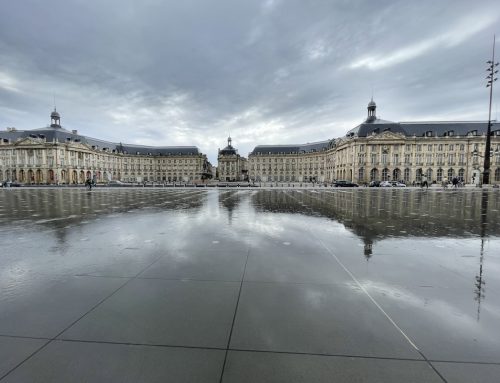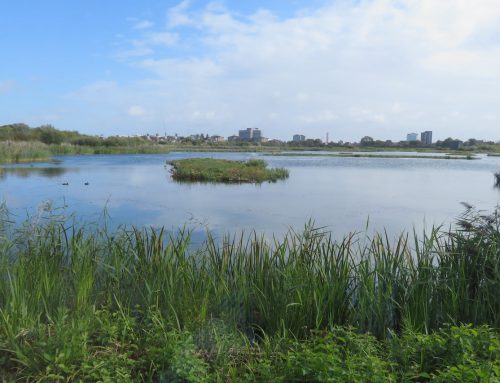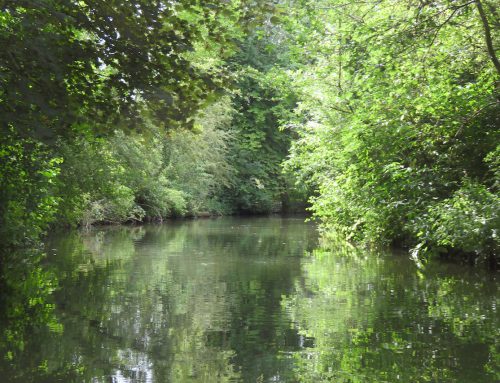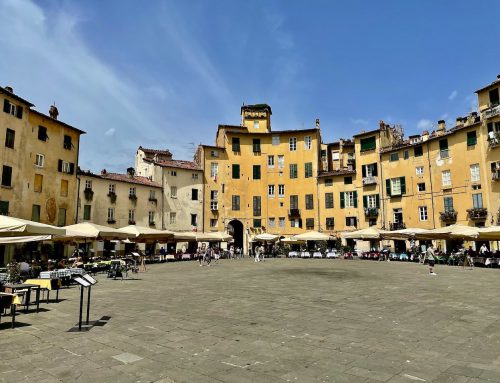The Whoopee Yell

That's the big one. Mont Blanc, way in the distance (courtesy moorejphotos.co.uk).

That's the big one. Mont Blanc, way in the distance (courtesy moorejphotos.co.uk).
Chamonix Mont Blanc, France
“Whoopee!” I looked up, ducking reflexly as the large object whooshed, yes whooshed, right over my head. It was so close I could feel its slipstream. Broad, flat, sharp, and seemingly directed at me. For a moment, I ceased my struggle with Nature, that all-conquering opponent; climbing the Brévent in winter was proving hard work anyway. Yet this time it was not exhaustion that stopped me in my tracks; it was shock, maybe awe, for sure laced with fear. I had nearly been beheaded by a speed rider. It was winter, France, and crowds were all around enjoying a disappearing mass of slushy snow.
Speed riding is skiing’s latest addition of craziness. You don a pair of skis, strap a parachute to your back and then, so it seems, leap from the nearest death-inviting mountain. The steeper the better. The sharper the crags, the pointier the trees, the happier you feel. Anything that might leave you like a pancaked hedgehog in the fast lane of a British motorway is a something that fills you with joy. No wonder the decapitation of a passing Englishman does not even enter your mind and no wonder you yell, “Whoopee!” when you land.
The problem with skiing, in whatever form it is done, is that the experts make it look simple. The problem with me is that when on planks I spend most of the time upside down. I am more than expert at lying in the snow and a true dab hand at struggling to the vertical when fully immersed in a pile of powder. By upside down I do not mean like a bat, although on occasion I have accidentally hung from a tree, but I do mean thanks to a fall headfirst into a seemingly bottomless mound of snow. I am more than an authority on falling. Somehow, I have skied for most of my life, certainly since my monosyllabic teens, and yet the moment I see the white stuff it is curtains for me. I can even fall from a toboggan.
So, take Chamonix, where I am right now. I am certain you have heard of the place. But if not, where have you been? This is a snow sport Mecca. Towering over this valley town is Europe’s highest peak, Mont Blanc, an astonishing 4808 metres high, and known as Monte Bianco if you are Italian. From the valley, the mountain looks tame. But when you are up there, perching precariously on unstable wind slab? Oh boy, does the beast feel different. That is when you realise why the place has seen more deaths than any peak on earth. One hundred hikers perish there every year, that is almost two each week. A few were personal friends whom I subsequently helped to bury. Chamonix, or Chamonix Mont Blanc as it has been called since 1916, has been in the blood of outdoor enthusiasts for more than 300 years. It has a strong medical tradition, too.
The first guy to climb Mont Blanc, in 1786, was a doctor - Michel Paccard - who as the local medic was treating the daughter of the town’s jeweller, Jacques Balmat. Clearly life as a jeweller in Chamonix was not fruitful, so Paccard had a double life as a mountain guide. Daughter of jeweller-cum-guide met doctor, doctor met jeweller-cum-guide, and off the two set to the summit. Anyway, a financial reward had been offered by a wealthy Genevan aristocrat for the first person to the top. His name? Wait for it; only an aristocrat would have a name like this - Horace Bénédict de Saussure. I have no idea what his mother called him. However, Saussure is thought by many to be the founder of Alpinism.
The locals thought Paccard and Balmat were crazy - Chamonix is full of crazy people - especially as they planned to spend the night on the mountain on the way up, and at the very edge of the snowline. The snowline is where the snow begins. In those days, to sleep above this altitude was thought to be unsurvivable. Whatever their chances, Paccard and Balmat did it, survived, and made it to the top the next day. By the sound of it, they argued the whole way.
The two bronze statues in Chamonix town centre are telling. The largest is of Balmat and Saussure, both looking towards the summit of Mont Blanc, with Balmat pointing excitedly at the mountain. The statue was erected in 1887 and was the brainchild of a Marc-Theodore Bourrit. Bourrit had failed to summit Mont Blanc with Paccard in 1783, and appeared to spend much of his life devaluing Paccard’s part in the mountain’s first successful ascent three years later. In the 1887 statue, Paccard is nowhere to be seen. His bronze is 100 metres away, Paccard sitting by himself, while also looking at the mountain. There is no excitability for him, his expression dead serious, perhaps even depressed. Understandable, I suppose, if you consider it took a further 99 years for his own bronze to be erected, in 1986. For some reason Bourrit did not like Paccard. Quite why we shall never know.
Meanwhile Paccard and Balmat seemed to get along, even if it is now widely accepted that Balmat exaggerated his role in summiting Mont Blanc and was, to say the least, conceited. At some point Paccard even married Balmat’s sister. By 1834, Balmat had died by falling from a cliff while prospecting for gold although outlived Paccard by 16 years.
So, Mont Blanc has long had several problems. The first is that the full story of its original, successful ascent will probably never be known. The other is that no one knows who owns the thing, well at least the summit. Ownership has been argued since the French Revolution. In a treaty written in 1796 it was stated that the summit border between France and Italy had to be visible from both Courmayeur in Italy and Chamonix in France. The problem, sadly, is that you cannot see the true summit from either. Clearly the negotiators were not mountaineers. The matter has been discussed intermittently since then but no one has reached a decision. The frontier was redefined in both 1947 and 1963 but ownership remained undecided, perhaps because any logical decision would have been impossible. These days the administration of the mountain is split between Courmayeur and Saint-Gervais-les-Bains, although most of Mont Blanc lies within the latter.
Unsurprisingly, and especially if you are a medic, the mind turns easily to matters medical when in Chamonix. Not only thanks to Paccard, but also to the different ways you can be injured on the mountains. You name it and a snow sport enthusiast can do it. Legs, arms, head and spine, tummies, shins and ankles. No wonder “Whoopee!” is an obligatory uttering from anyone who makes it down the mountain, whether on skis, parachute, bicycle, foot, or even chairlift. Someone has died or been injured using each of these methods in Chamonix. Going up is hardly ever the problem; it is the getting down that creates the drama. Skier-on-skier, so-called blue-on-blue incidents, aided by headphones and iPods that lock out the world, are certainly responsible for up to 6.5% of injuries on the slopes. The real problem of a blue-on-blue collision is that any injury tends to be more serious than if you do it to yourself. Roughly 30% of blues-on-blue will end up with a head injury. We are not talking here about a sprained thumb.
And how about the Grim Reaper? What are your chances of meeting him? Your odds on a pisted ski slope are only 1.06 per million skier/snowboarder visits, maybe not too bad, but if you skydive the risk goes up ten-fold. And if you wear a wingsuit, the so-called BASE jumping? Forget it. The chance of killing yourself goes up by a factor of 100. BASE is an acronym which stands for Building, Antenna, Span and Earth and refers to the thing from which you leap before you plummet to the ground. There is a 1 in 1000 chance a BASE jumper will reach the ground dead, some say 1 in 500. And speed riding? Heaven knows. The French were the first to try it, leaping from a mountain with a parachute attached to the back and plenty are learning the hard way, as the figures suggest. Now why does that not surprise me?
So, the Whoopee Yell, now standard for speed riders when coming in to land, irrespective of whether they have beheaded a passing Englishman, echoes round the skies of Chamonix these days. There is plenty of relief in that valley, however you might reach the ground. “Whoopee!” seems as good a word as any.

Mont Blanc summit. See the ski tracks Crazy people.
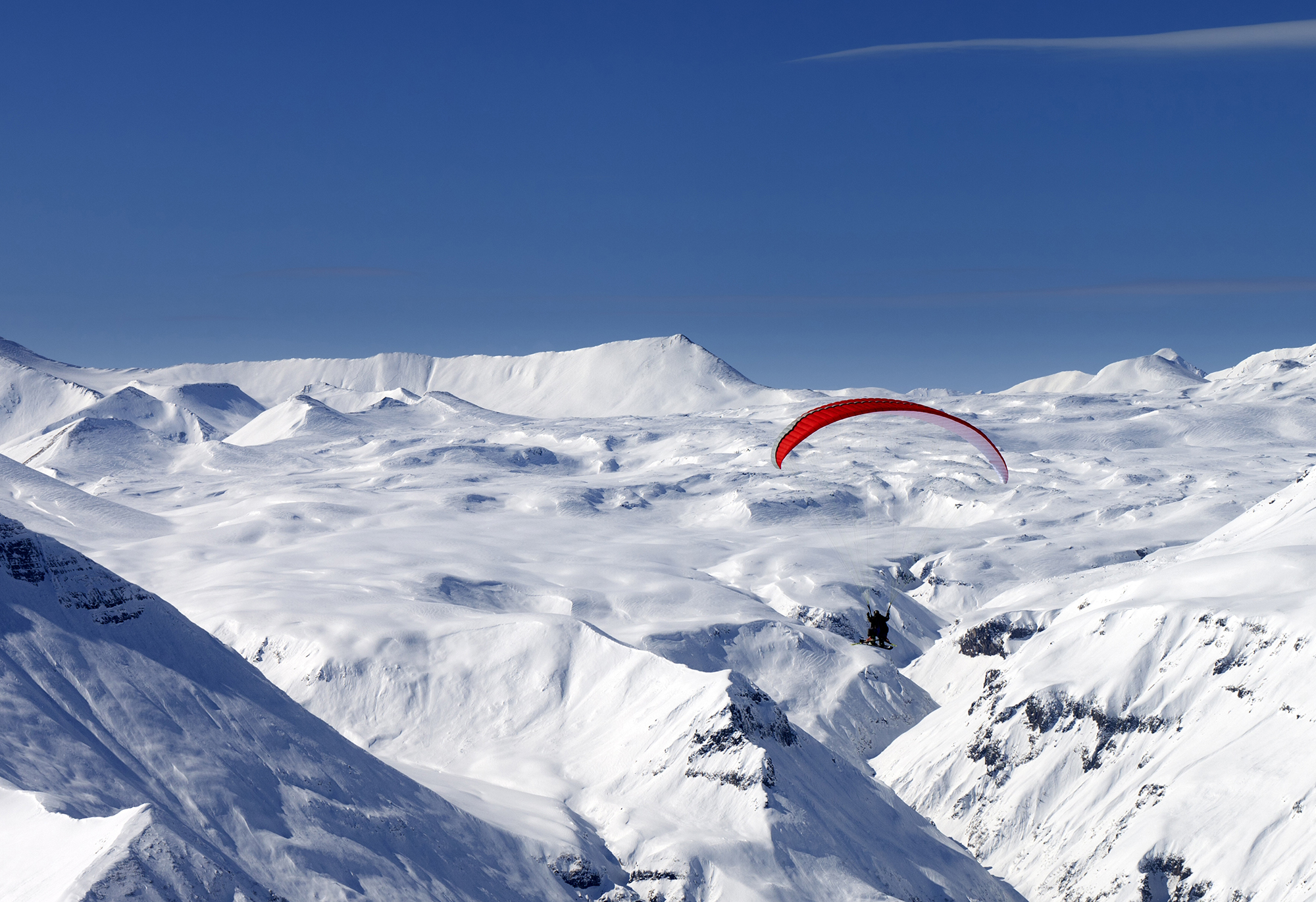
They're OK up there. When they land it is a different story.


